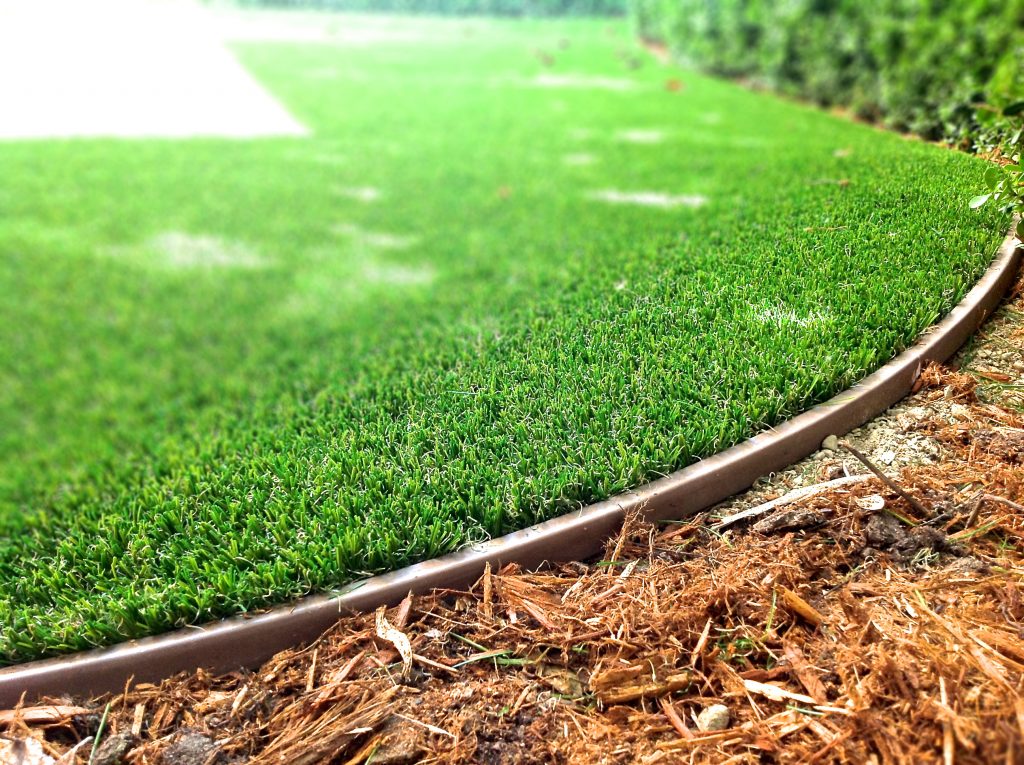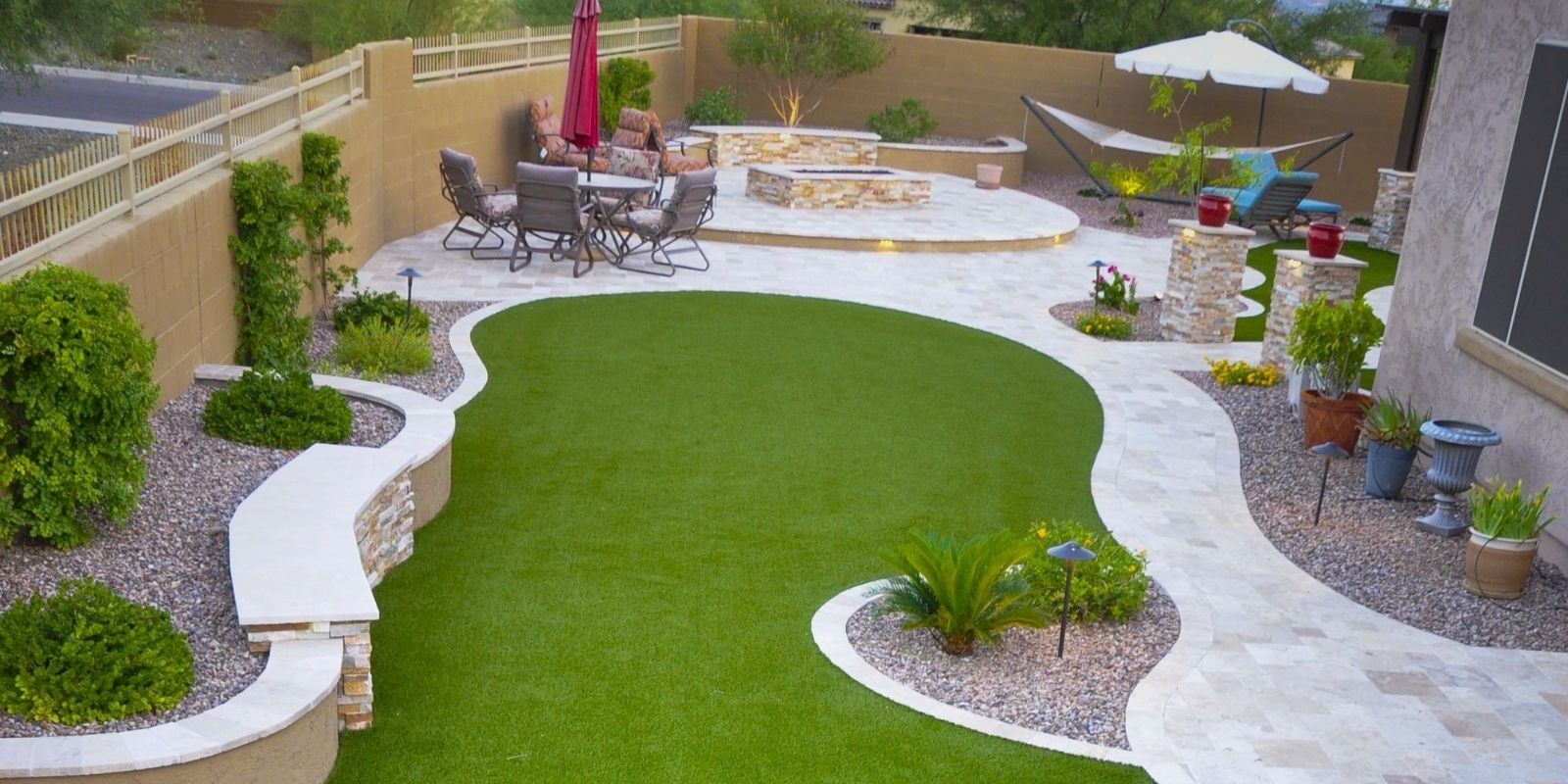Discover Trusted Artificial Turf Companies Phoenix for Your Landscaping Needs
Discover Trusted Artificial Turf Companies Phoenix for Your Landscaping Needs
Blog Article
Explore the Environmental Perks of Opting for Artificial Lawn Solutions
The fostering of fabricated lawn remedies offers an engaging opportunity to attend to pushing ecological difficulties. By significantly decreasing water use and reducing the application of unsafe chemicals, these options not just advertise lasting landscaping yet additionally shield local environments.
Water Conservation Benefits
One of the most significant advantages of synthetic turf is its ability to conserve water. In contrast, man-made lawn does not require watering, dramatically reducing the overall demand for water resources.
By eliminating the demand for regular watering, man-made grass contributes to lasting landscape practices and helps minimize the environmental effect of excessive water intake. The conservation of water extends to the reduction of drainage, which can lead to soil disintegration and waterway contamination.
Additionally, the installment of synthetic grass allows districts and property owners to assign water resources more successfully, concentrating on important uses such as alcohol consumption water and farming. The change in the direction of artificial grass not just promotes responsible water use however additionally lines up with more comprehensive ecological goals intended at maintaining all-natural resources.
As areas increasingly focus on sustainability, the water conservation benefits of synthetic grass provide an engaging instance for its adoption in domestic and industrial landscaping jobs.
Reduced Chemical Usage
The transition to synthetic grass considerably decreases the dependence on chemical therapies typically utilized in natural lawn maintenance. Typical grass monitoring typically involves the application of pesticides, herbicides, and fertilizers to promote development and control pests. These chemicals can position threats to human wellness, local wild animals, and the environment, adding to soil and water contamination.
On the other hand, synthetic grass eliminates the requirement for these harmful compounds. As soon as installed, it requires marginal upkeep, mainly consisting of routine cleansing and irregular infill replenishment. This decrease in chemical use not just benefits the instant setting but likewise adds to broader eco-friendly security. By lessening the launch of artificial compounds right into the environment, synthetic grass promotes healthier dirt and water supply.
Moreover, the lack of chemical overflow associated with artificial turf setups aids secure neighborhood rivers from contamination, sustaining marine life and maintaining biodiversity. Artificial turf companies phoenix. As areas progressively focus on lasting methods, selecting artificial lawn presents a sensible service that aligns with environmental conservation goals. Through this change, homeowner can appreciate lush environment-friendly rooms without compromising eco-friendly wellness, leading the way for an extra sustainable future
Reduced Carbon Footprint

In addition, the setup of synthetic grass can result in substantial water preservation. All-natural grass call for significant quantities of water for irrigation, which not only includes to the carbon impact connected with water extraction and therapy yet also strains regional water sources. In contrast, artificial lawn needs minimal maintenance, requiring no go to this website watering, thus dramatically minimizing water use and its associated power expenses.
In addition, the longevity of synthetic grass contributes to its reduced carbon impact. With a life-span of as much as 15 years or even more, the requirement for constant replacements is reduced, leading to much less waste and reduced power intake in production and throwing away conventional grass options. In general, synthetic grass presents a sustainable choice for eco conscious landscape design.
Habitat Preservation
Habitat preservation is an essential consideration in the argument over landscape design choices, especially when contrasting synthetic turf to natural lawn. All-natural grass yards frequently require considerable maintenance, consisting of making use of chemicals, plant foods, and herbicides, which can detrimentally influence neighborhood environments. These chemicals can seep right into the dirt and waterways, damaging indigenous flora and fauna and disrupting local environments.
Man-made lawn gets rid of the requirement for dangerous chemicals, thereby shielding neighboring wildlife and keeping the stability of bordering ecological communities. The installment of fabricated grass can lead to the conversion of previous grass areas into even more straight from the source biodiverse landscapes, such as pollinator yards or native plant areas, which can support local wild animals.
Ultimately, the change to synthetic turf not just preserves water and reduces maintenance efforts however likewise promotes a more harmonious relationship in between human activities and the natural atmosphere, advertising environment conservation in the procedure.
Long-Term Sustainability
Long-term sustainability is a critical factor in examining the benefits of synthetic grass over typical grass yards. Among one of the most substantial benefits of synthetic grass is its durability; it can last up to 15-20 years with minimal maintenance, whereas natural lawn requires regular reseeding and replacement. This long life reduces the demand for constant resources, such as water, plant foods, and pesticides, which are essential for keeping a healthy turf lawn.
In addition, man-made lawn adds to a reduction in carbon exhausts connected with grass care equipment. Standard grass usually require gas-powered lawn mowers, leaners, and blowers, every one of which contribute to air contamination. Arizona turf. In comparison, synthetic grass gets rid of the requirement for such devices, promoting a cleaner setting
Furthermore, the production of artificial grass significantly utilizes recycled products, improving its sustainability profile. As makers embrace environment-friendly techniques, the environmental impact of synthetic grass continues to reduce.

Conclusion
The fostering of fabricated grass options presents significant environmental advantages, including significant water conservation, minimized reliance on unsafe chemicals, and a lower carbon footprint. Moreover, synthetic grass aids in protecting all-natural environments by decreasing land disturbance and advertising lasting sustainability with the use of resilient materials. Collectively, these elements highlight the possibility of man-made grass to add positively to environmental health and supply a feasible alternative to standard landscape design practices in an increasingly resource-conscious world.
In contrast, fabricated turf does not need watering, considerably decreasing the general demand for water sources. By reducing the launch of synthetic compounds right into the environment, synthetic lawn advertises much healthier dirt and water systems.
Additionally, the setup of synthetic turf can result in significant water conservation. In comparison, fabricated lawn requires minimal maintenance, requiring no watering, thus dramatically decreasing water use and its associated energy prices.

Report this page